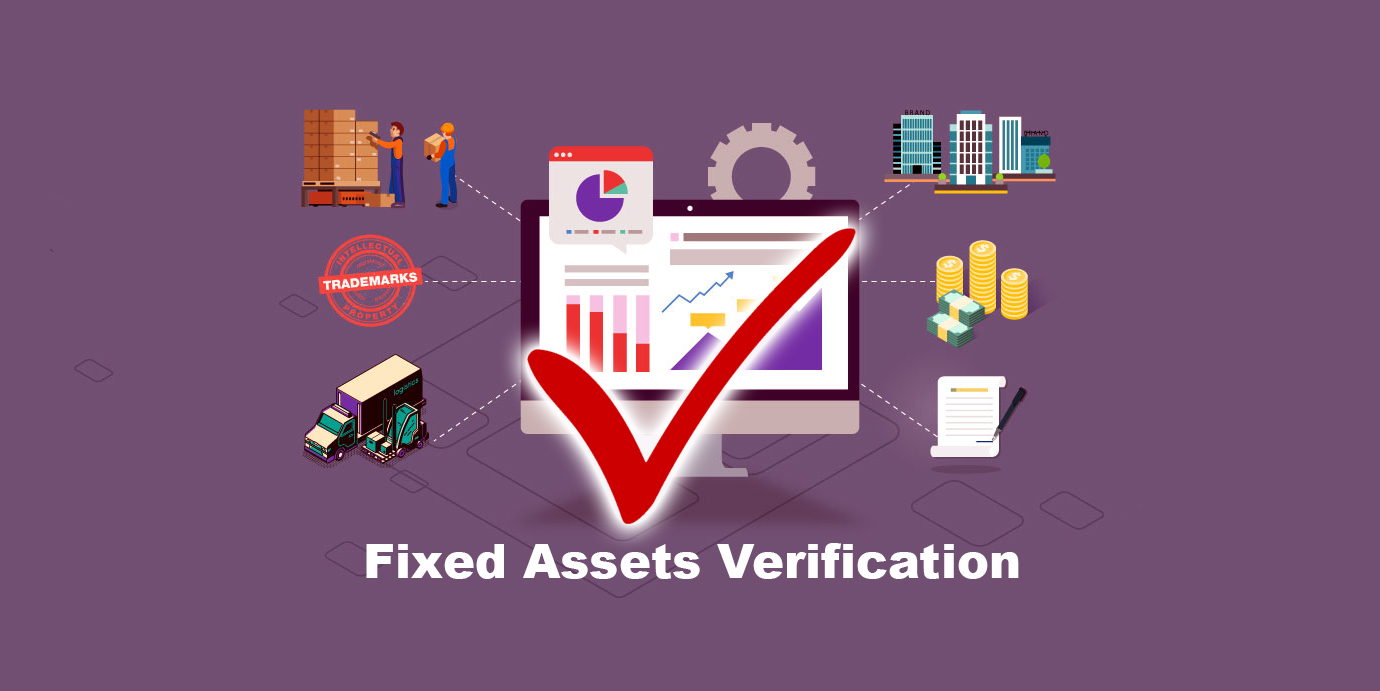Fixed assets are along-term tangible asset which are used, to produce and deliver its products or services, and to manage its operations. Assets held for the purpose of providing or producing goods or services and are not meant for sale in the normal course of business. Many organizations even today do not perform an inventory of current fixed assets and a corresponding reconciliation; these steps provide an essential internal control for the financial reporting of fixed assets. Moreover, fixed assets need attention to ensure the organization’s records are accurate and its controls provide effective oversight of this area.
We often hear or read the term “Physical Verification of Fixed Assets” in CARO report, IFC Audit or sometimes during testing of controls. Many a time’s people get the physical verification of Fixed Assets done internally or through a consultant for meeting the statutory requirements without understanding the importance of physical verification. Same like inventory verification, fixed assets is equally important asset for an entity and the values involved are most of the times very high. Hence, to have a better control over the assets of the company it is important for the management of the company to get the Fixed Assets physically verified at regular intervals.
Why Physical Verification of Fixed Assets?
- Ensures existence of the Assets
- Regular monitoring and tracking of assets
- Enhanced monitoring for movement within locations.
- Enables efficient resource allocation.
- Reduction in theft.
- Correct reporting in financial records
- Enable adequate insurance coverage
- Apprise comfort to Statutory Auditor in compliance with Companies Act
Process to perform physical verification of Fixed Assets
A company can perform the physical verification of fixed assets on its own or by appointing a specialized external organization. The process for performing the physical verification of fixed assets is as below:
Updating Fixed Asset Register
Firstly, the entity should update the existing fixed asset register to include all the assets purchased up to the date of physical verification and to exclude those assets, which are sold or discarded. In addition, the Fixed Assets register should be maintained or updated in such a manner that it gives complete details about the assets like quantity, identification number, location, color, serial number etc.
Identifying verifiable and non-verifiable assets
Once the Asset register is updated, the next step is to classify the list of assets into two groups i.e. verifiable and non-verifiable. While most of the assets are verifiable, however there may by various assets like fixtures and fittings, captive assets etc. which are practically not possible to verify, hence the classification should be performed in advance before starting the physical verification.
Performing Asset Verification
Once the classification of verifiable and non-verifiable assets is complete, the physical verification should be started. The verifier should verify the assets using “Tag to Floor” and “Floor to Tag” approach.
Tagging of Assets
The Assets verifier may perform the tagging of assets either simultaneously with the physical verification or may choose to Tag the assets after performing physical verification and reconciliation with Books. The Tagging can be performed using Stickers, Metal Plates or Barcodes.
Reconciliation and Reporting
The Once the Physical Verification is completed the verifier is required to reconcile the physical verification results with the updated Fixed Assets Register. Further, he may include the following schedules in his reports:
- Assets Physically Verified & Tagged
- Assets Available but Not Quantifiable / Verifiable.
- Assets Not Found / Not Available
- List of Additional Assets Found but not recorded in FAR (if any).
While the Physical verification process for Fixed Assets may be time taking activity for the very first time for high asset-based companies, but it may bring tremendous results in terms of controlled environment and efficient resource allocation.





